How to Improve the Battery Life of E-bike?

The electric bicycle industry is now in full swing, and many traditional car brands such as Porsche are gradually entering the market, making the electric bicycle boom. We should not only pay attention to the performance and other parameters in the process of buying an electric bike, but also to the battery life and other aspects.
This article will discuss the basics of batteries, how to charge them correctly, how to properly maintain and use them, and how to extend their life to answer all your questions about e-bike batteries.
Understanding the basics of batteries
Types of batteries
There are several types of electric bicycle batteries, each with their own unique characteristics. Here are some of the most common types:
- Lithium-ion battery (Li-ion): This is the most commonly used type of electric bike battery because it is lightweight, has a high energy density, and is relatively low maintenance. Li-ion batteries are also known for their long cycle life and fast charging capabilities. HiPEAK’s BONA and ELIAS are equipped with 48V 15Ah Lithium-ion battery. The higher power of the battery brings this ebike longer range.
- Lithium-polymer battery (LiPo): Similar to Li-ion batteries, LiPo batteries are also lightweight and have a high energy density. However, they have a lower internal resistance and can therefore deliver more power, making them ideal for high-performance electric bikes.
- Nickel-cadmium battery (NiCad): NiCad batteries are known for their durability and ability to deliver high currents. They are also resistant to extreme temperatures and can withstand a greater number of charge-discharge cycles than other battery types.
- Nickel-metal hydride battery (NiMH): NiMH batteries are similar to NiCad batteries but are more environmentally friendly as they do not contain cadmium. They also have a higher energy density than NiCad batteries and are less prone to memory effect, a phenomenon where batteries lose their capacity over time if they are repeatedly charged before being fully discharged. However, they are still heavier than Li-ion and LiPo batteries.
- Lead-acid battery (SLA): SLA batteries are the oldest type of rechargeable battery and are still used in some electric bikes due to their low cost and high durability. However, they are extremely heavy and have a low energy density, which means that they are not suitable for high-performance electric bikes.
- Lithium iron phosphate battery (LiFePO4): LiFePO4 batteries are a type of Li-ion battery that is known for its safety, long cycle life, and ability to deliver high currents. They are also more environmentally friendly than other Li-ion batteries as they do not contain cobalt, a rare and expensive metal that is often used in Li-ion batteries.
The working principle of the battery
Electric bicycle batteries work by storing electrical energy in a chemical form and releasing it as direct current (DC) when needed to power the electric motor. The battery is made up of one or more cells that contain an anode, a cathode, and an electrolyte.
When the battery is charged, a current is applied to the anode, which causes lithium ions to move through the electrolyte and onto the cathode, where they are stored. During discharge, the opposite process occurs, with the lithium ions moving from the cathode to the anode, generating a flow of electrons that can be used to power the electric motor.
Battery life
The lifespan of an electric bicycle battery depends on several factors, including the type of battery, the quality of the battery, how it is used and maintained, and the temperature and humidity conditions it is exposed to. Generally speaking, most electric bike batteries have a lifespan of between 500 and 1000 charge cycles, which can translate to 2 to 5 years of regular use.
Lithium-ion and lithium-polymer batteries tend to have a longer lifespan than other battery types, with some models capable of lasting up to 1000 charge cycles or more. However, factors such as overcharging, undercharging, and exposure to high temperatures can significantly reduce the lifespan of any type of battery.
How to charge correctly?
Pre-charge preparation
Before charging an electric bicycle battery, there are several important steps that should be taken to ensure that the charging process is safe and effective. Here are some common preparations that should be made:
- Checking the battery voltage: Before connecting the charger, it is important to check the battery voltage to ensure that it is within the acceptable range for charging.
- Cleaning the battery and charger: Make sure that the battery and charger are clean and free of debris or corrosion.
- Connecting the charger: Connect the charger to the battery according to the manufacturer's instructions.
- Selecting the appropriate charging mode for your battery to ensure that it is charged safely and efficiently.
- Monitoring the charging process: While the battery is charging, monitor the charging process to ensure that the battery is charging properly and not overheating.
Precautions for charging
- Using the correct charger: Always use the charger that is recommended by the manufacturer for your specific electric bike battery.
- Charging in a well-ventilated area: When charging the battery, make sure that the area is well-ventilated and free from flammable materials.
- Do not overcharge: Overcharging the battery can cause damage to the battery and reduce its lifespan.
- Avoiding extreme temperatures: Charging the battery in extreme temperatures can cause damage to the battery and reduce its lifespan.
- Disconnecting the charger when done: Once the battery is fully charged, disconnect the charger from the battery and power source.
- Storing the battery properly: If you are not using the electric bike for an extended period of time, make sure to store the battery in a cool, dry place and maintain its charge level between 40% and 80%. This will help to extend the lifespan of the battery.
Charging time and frequency
The time and frequency for charging an electric bicycle battery will depend on a number of factors, including the type of battery, the capacity of the battery, and the level of usage. In general, most electric bike batteries take between 3 to 6 hours to charge, although some may take longer or shorter depending on the specific battery and charger.
How to properly maintain the battery
Precautions for battery storage
Charge the battery before storage; Store in a cool, dry place; Disconnect the battery when not in use; Check the battery regularly;
The method of cleaning the battery
- Turn off the bike and remove the battery from its holder.
- Use a soft, dry cloth to wipe away any dirt or debris on the surface of the battery. Be careful not to scratch the battery or damage any of its components.
- If there are stubborn stains or marks on the battery, you can use a mild soap solution and a soft sponge to gently scrub the affected area.
- After cleaning, use a dry cloth to wipe the battery dry.
- Reinsert the battery into its holder and turn the bike back on.
Preventing battery overheating and overcooling
Avoiding exposing the battery to extreme temperatures. The ideal temperature range for most electric bike batteries is between 20°C and 25°C. Keep the battery away from direct sunlight, heaters, or other heat sources.
How to use battery correctly
Pre-use preparation
- Checking the battery voltage and capacity: Before using the battery, check the voltage and capacity to ensure that it meets the requirements of the device you are using.
- Charging the battery: If the battery is not fully charged, charge it using the appropriate charger.
- Inspecting the battery: Check the battery for any physical damage or leaks. If you notice any damage, do not use the battery and contact the manufacturer or a qualified professional for assistance.
- Installing the battery: Install the battery in the device according to the manufacturer's instructions. Make sure that the battery is securely in place and properly connected.
- Testing the battery: Once the battery is installed, turn on the device and test its performance.
How to use battery correctly?
- Charging the battery regularly: Charge the battery after each use, even if it's not fully depleted.
- Using the appropriate charger: Use the charger that came with the battery or a charger recommended by the manufacturer.
- Avoiding extreme temperatures: Keep the battery away from extreme heat or cold, as this can affect its performance and overall lifespan.
- Storing the battery properly: When not in use, store the battery in a cool, dry place, away from direct sunlight or heat sources.
- Checking the battery regularly: Check the battery for signs of damage, such as leaks, cracks, or bulges.
- Following the manufacturer's instructions: Follow the instructions provided by the manufacturer for charging, storage, and maintenance of the battery.
Avoiding battery damage
Avoiding behaviors that damage the battery, such as avoiding overcharging, avoiding deep discharge, avoiding using the wrong charger, and avoiding exposure to extreme environments.
How to extend the life of battery
Increasing charge times
Charging the battery more frequently: Instead of waiting until the battery is fully depleted, charge it more frequently. Regular charging can help prolong the battery life and prevent deep discharge cycles. HiPEAK's BONA and ELIAS take only 5-7 hours to fully charge once, and can be fully charged while you are working or resting, and then conveniently used.
Managing battery life
Avoiding using the battery continuously for long periods. Take breaks between uses to allow the battery to cool down and prevent overheating.
Battery maintenance and replacement
Keeping the battery cool: Avoid exposing the battery to high temperatures, as this can reduce its lifespan. Store the battery in a cool, dry place when not in use.
Replacing the battery when necessary: If the battery is no longer holding a charge or is not performing as well as it used to, it may be time to replace it. HiPEAK’s products sale in addition to selling e-bikes alone, but also support the sale of electric bicycles and a battery package, can be much cheaper than buying these two alone.
Conclusion
After reading the above analysis, I'm sure you already have a clear understanding of battery life. Choose the right method for you to properly maintain your battery!

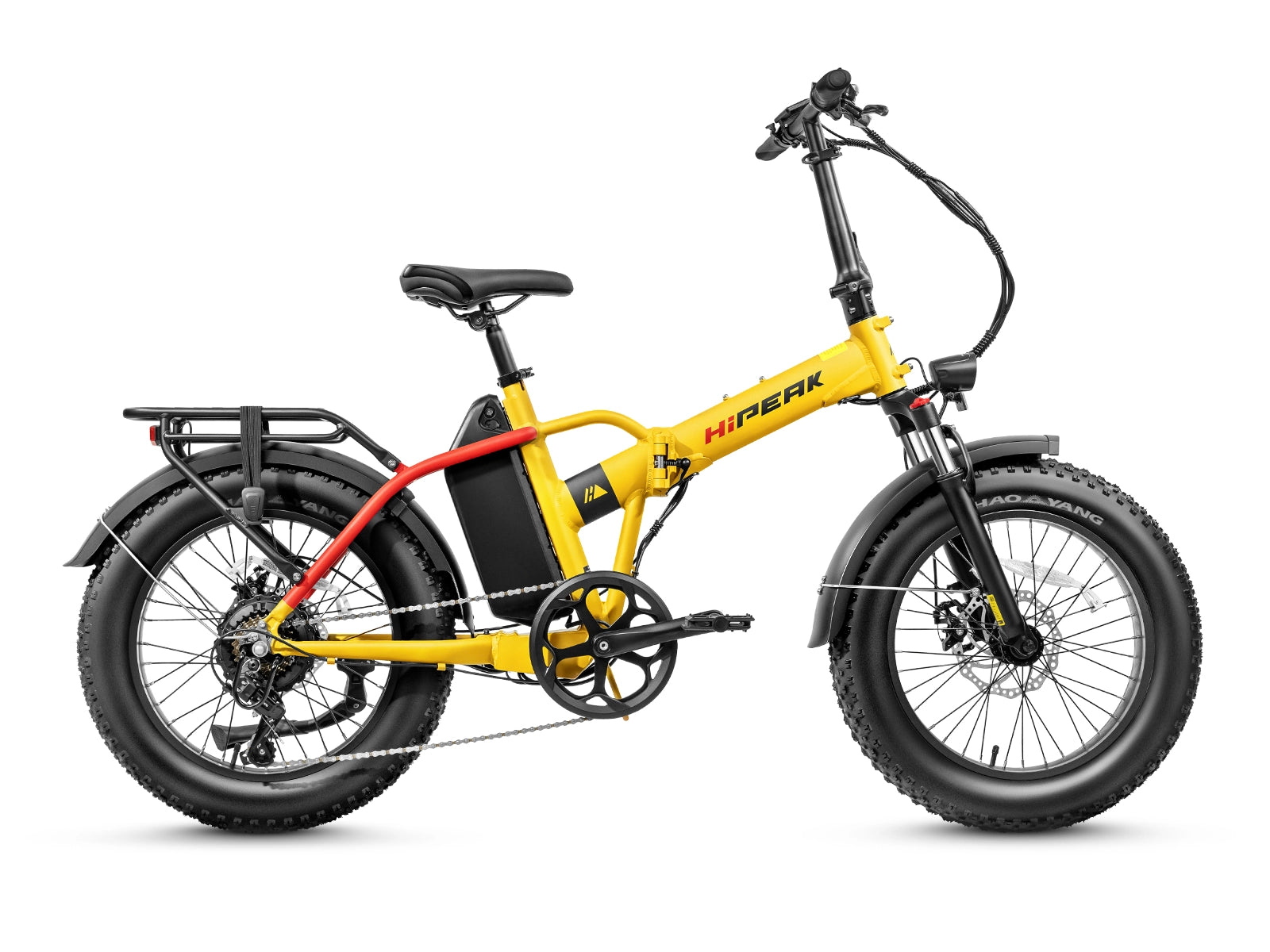
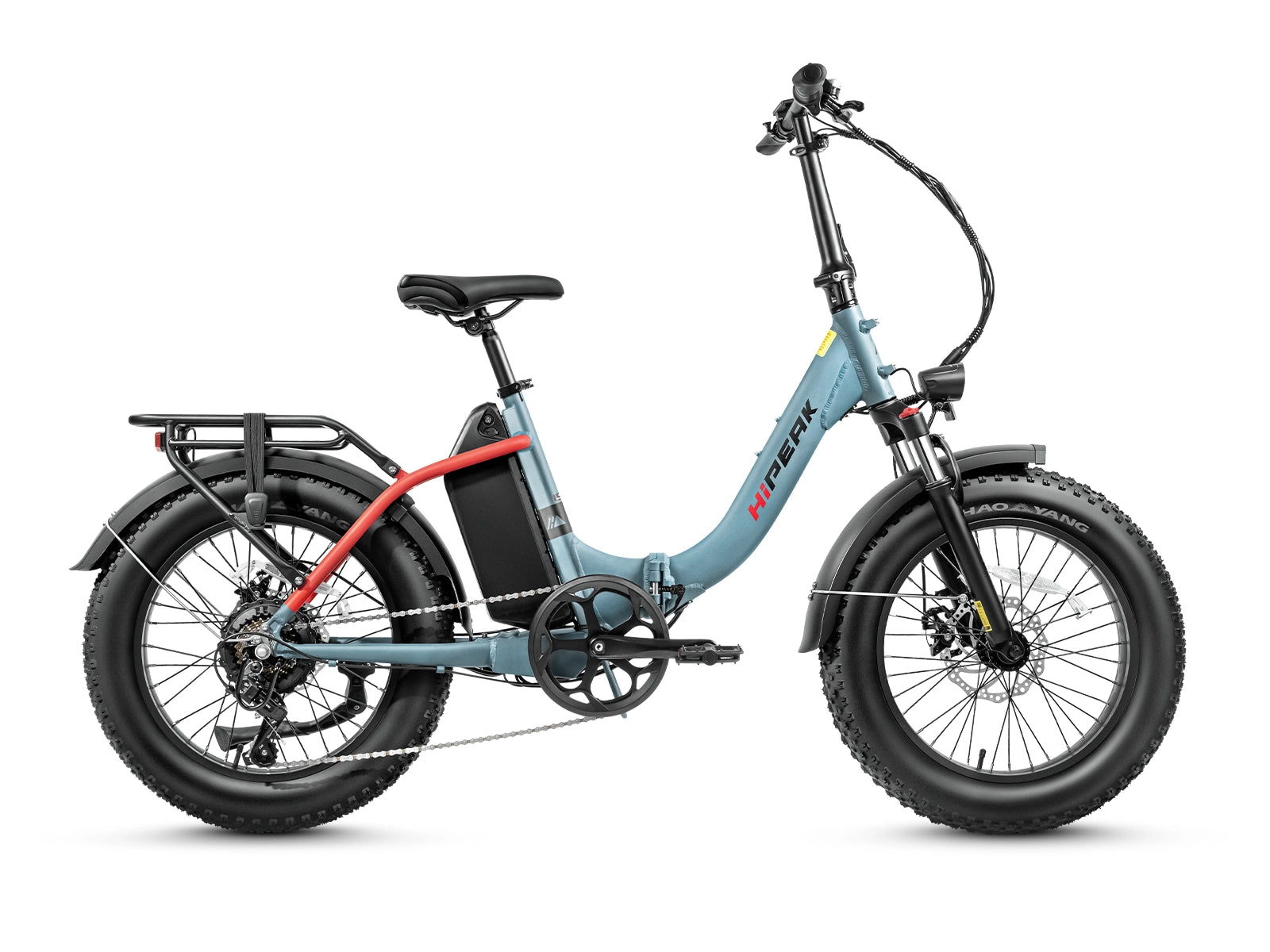
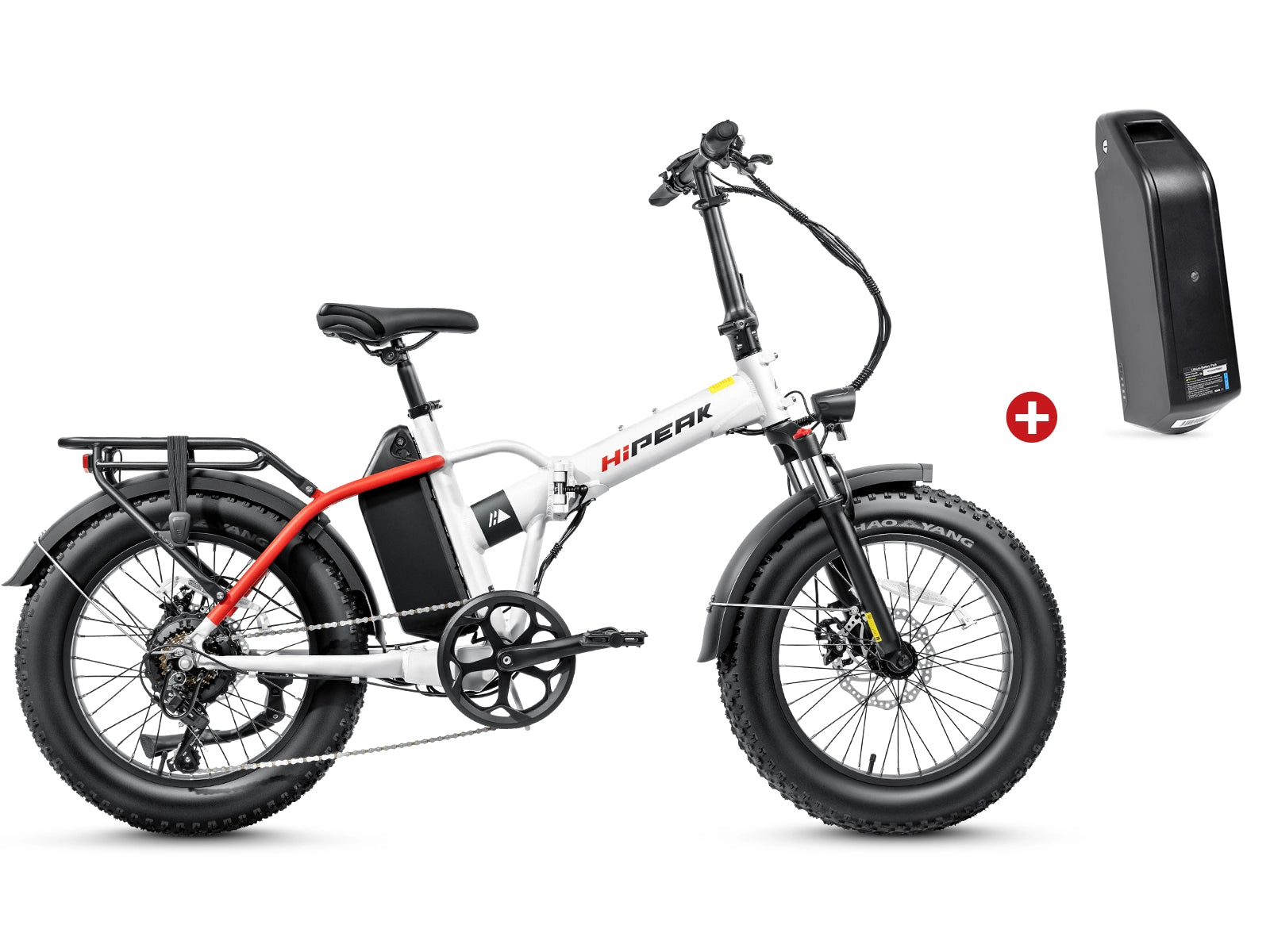
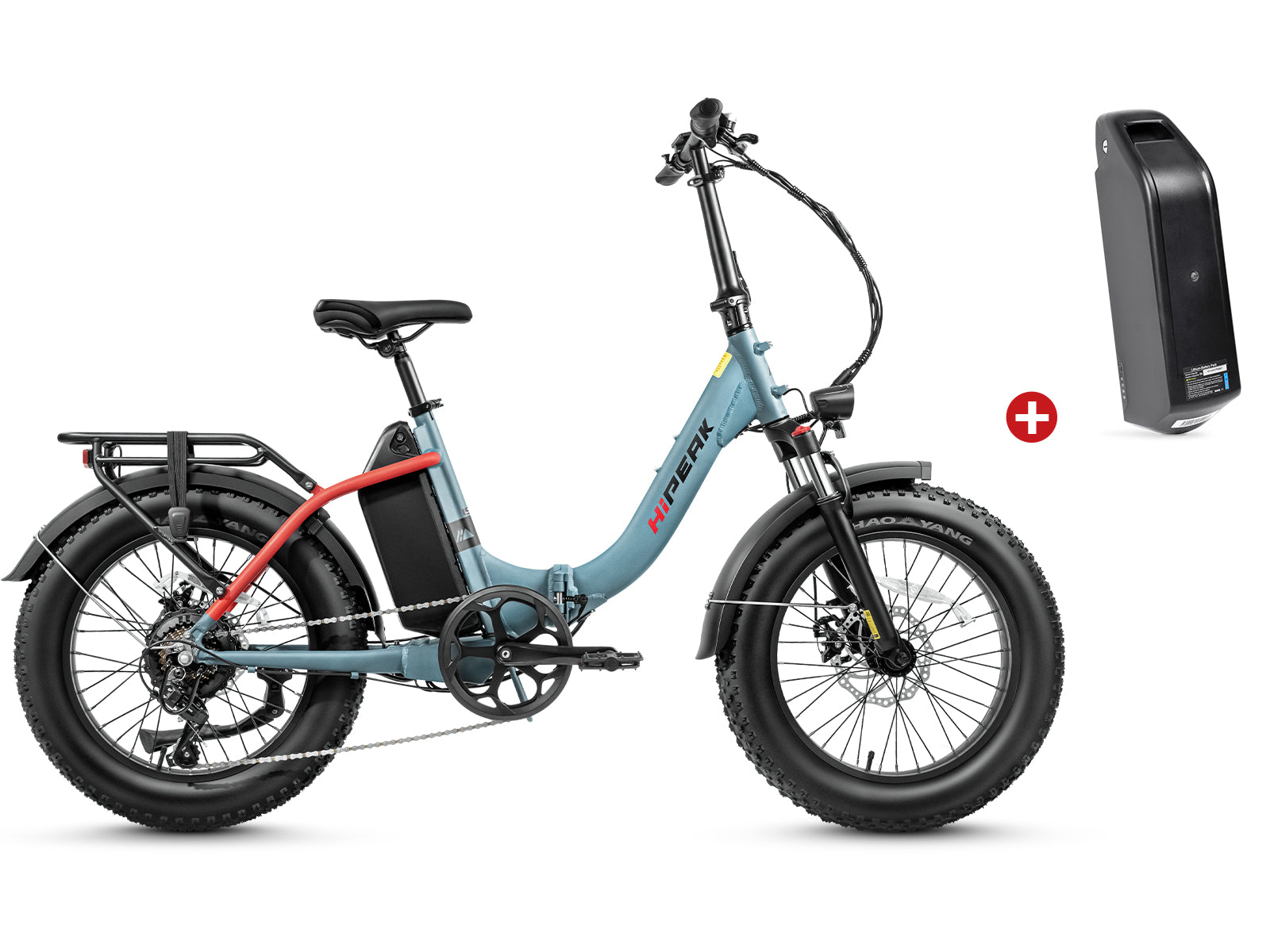
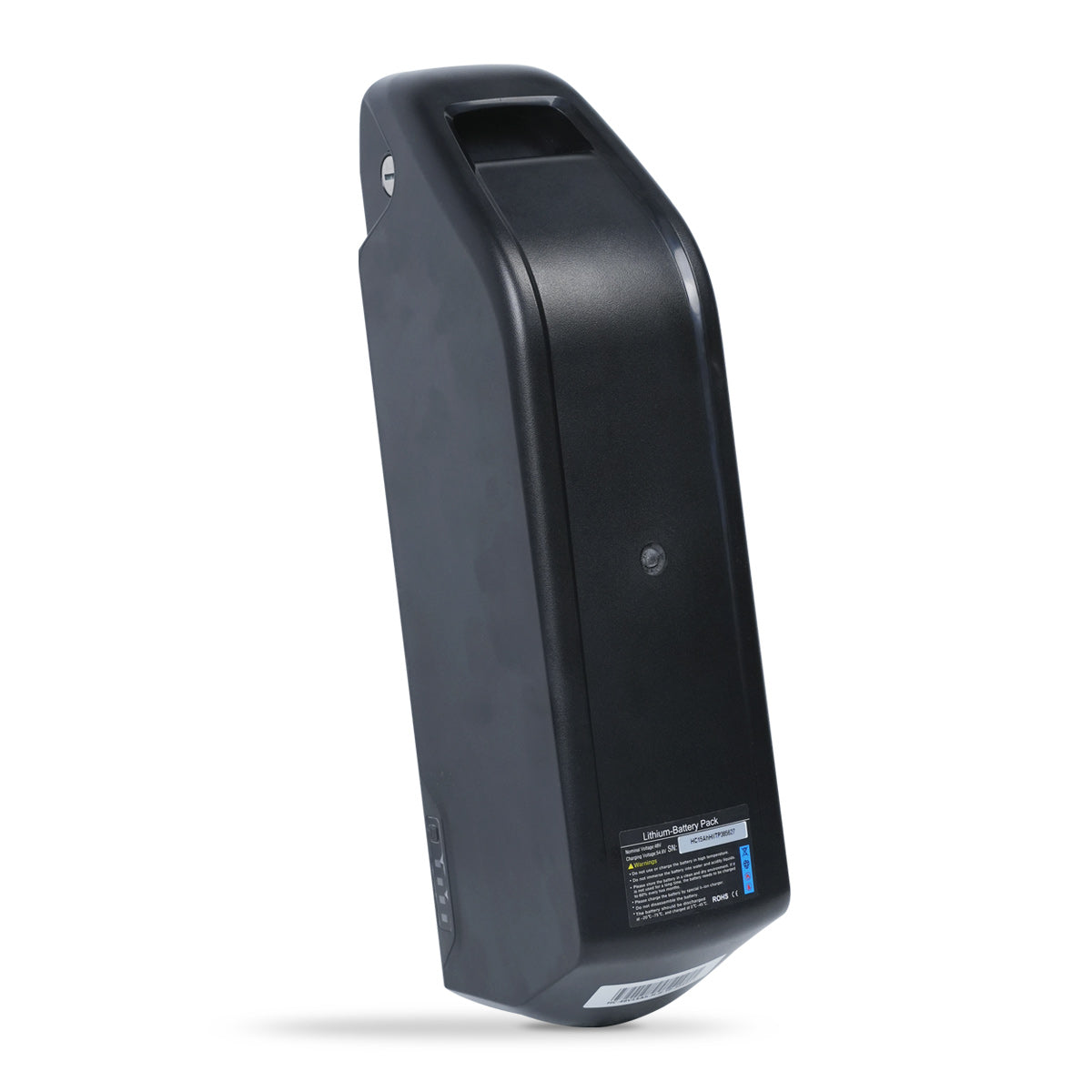
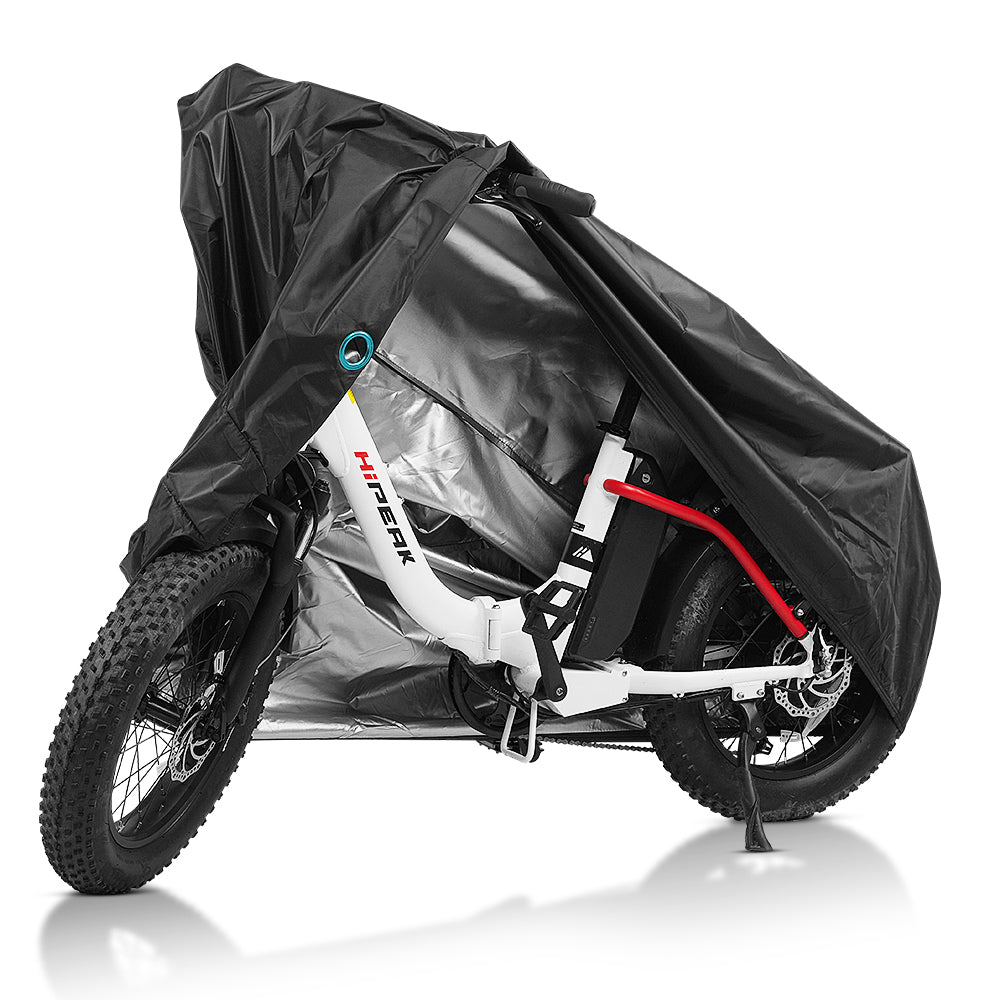
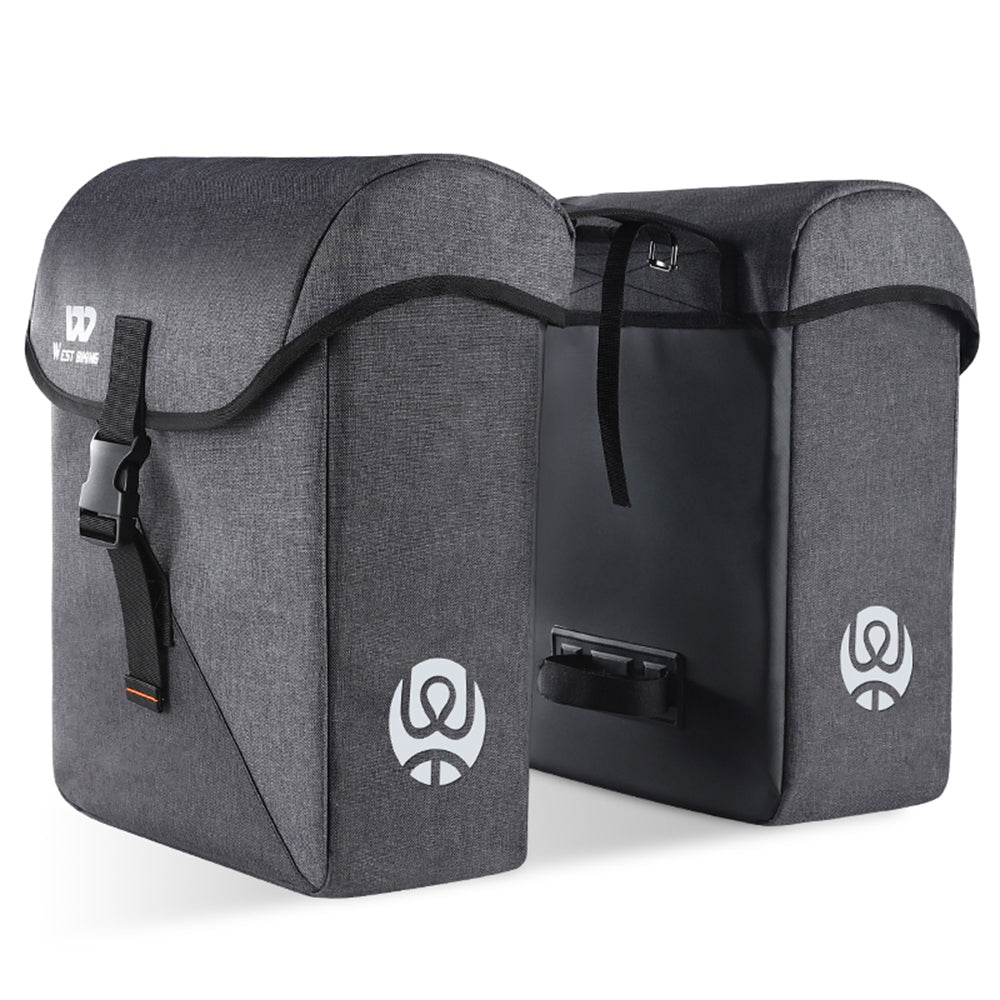
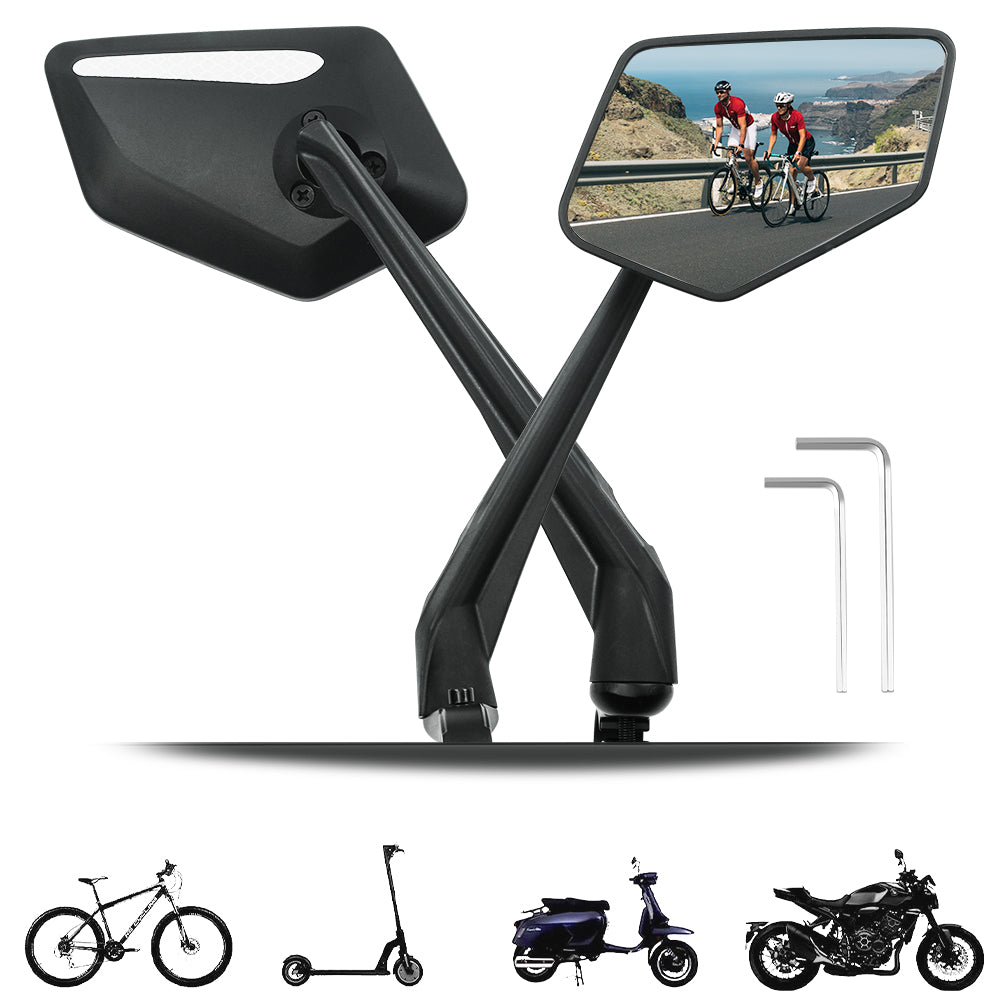
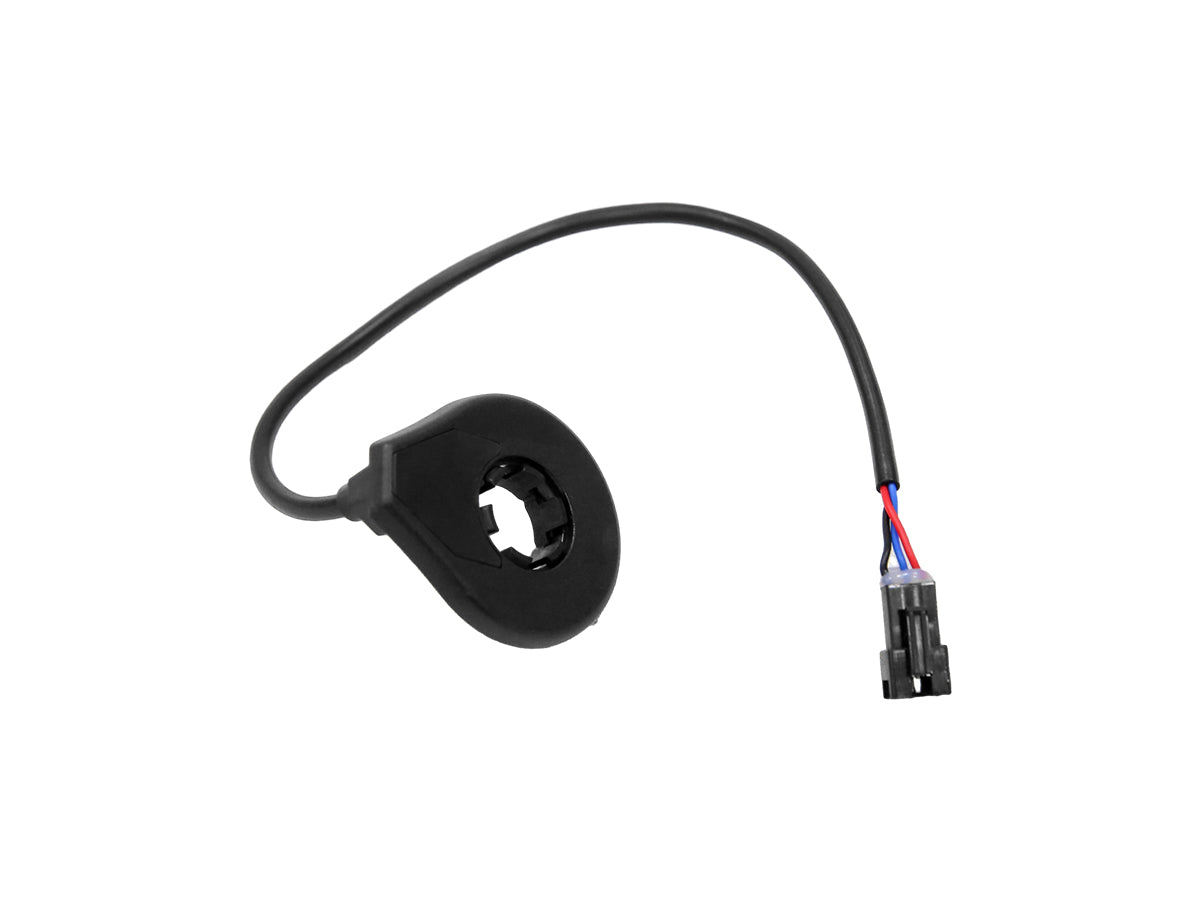
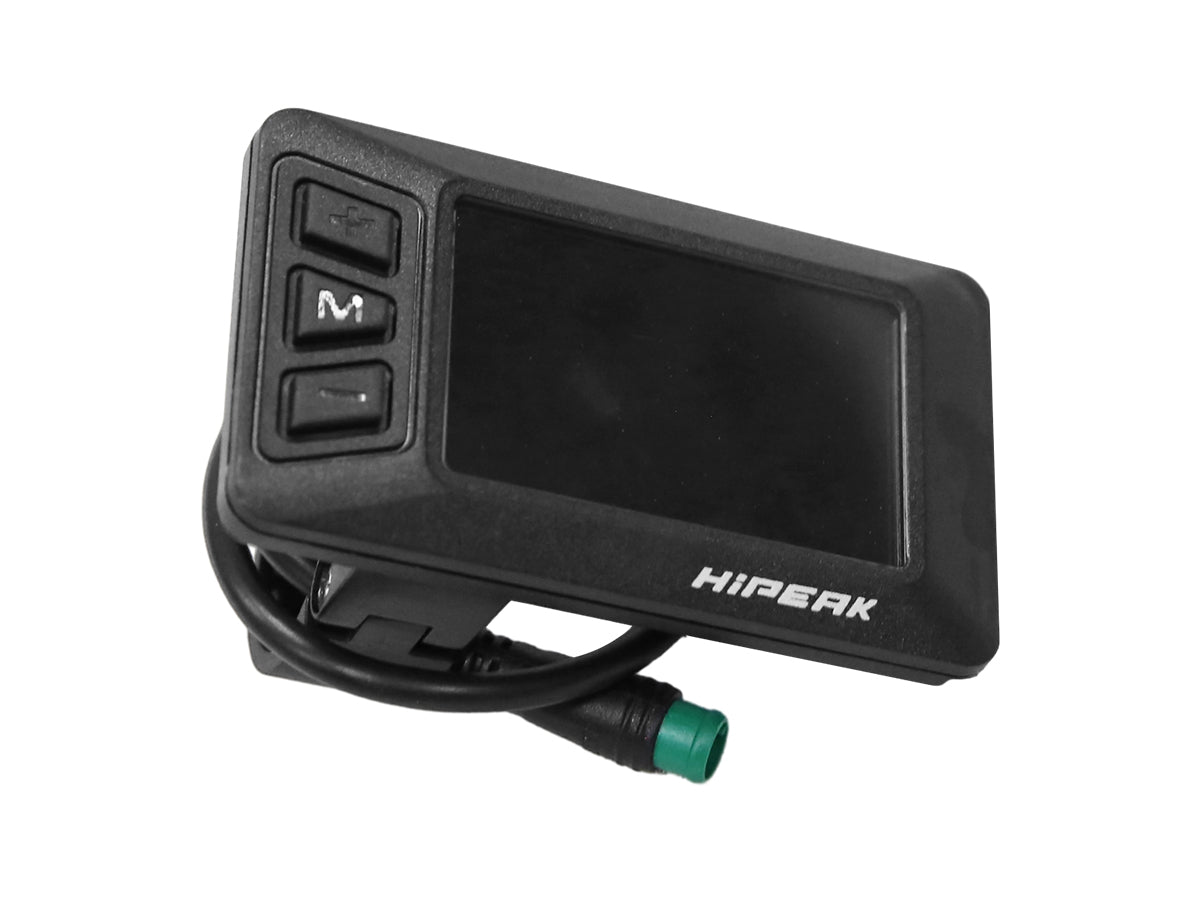
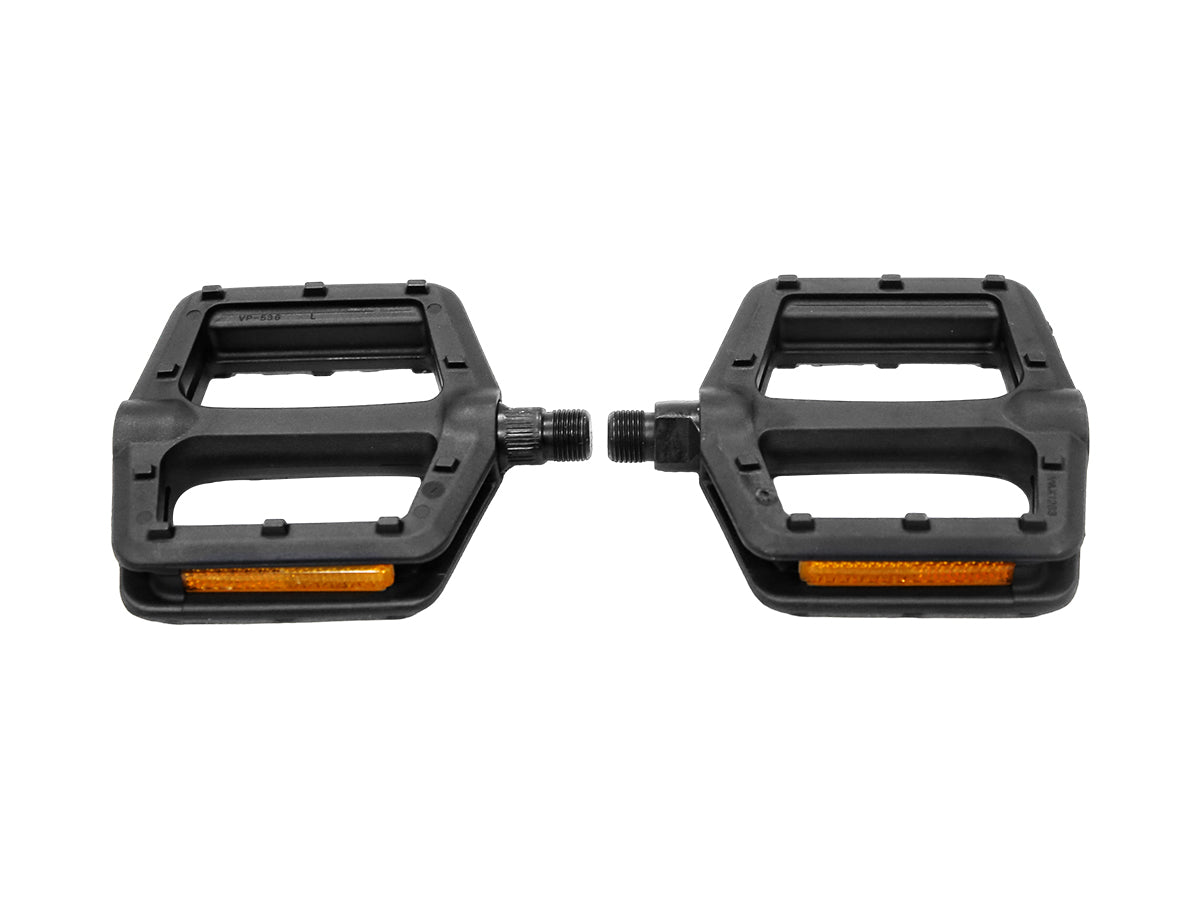
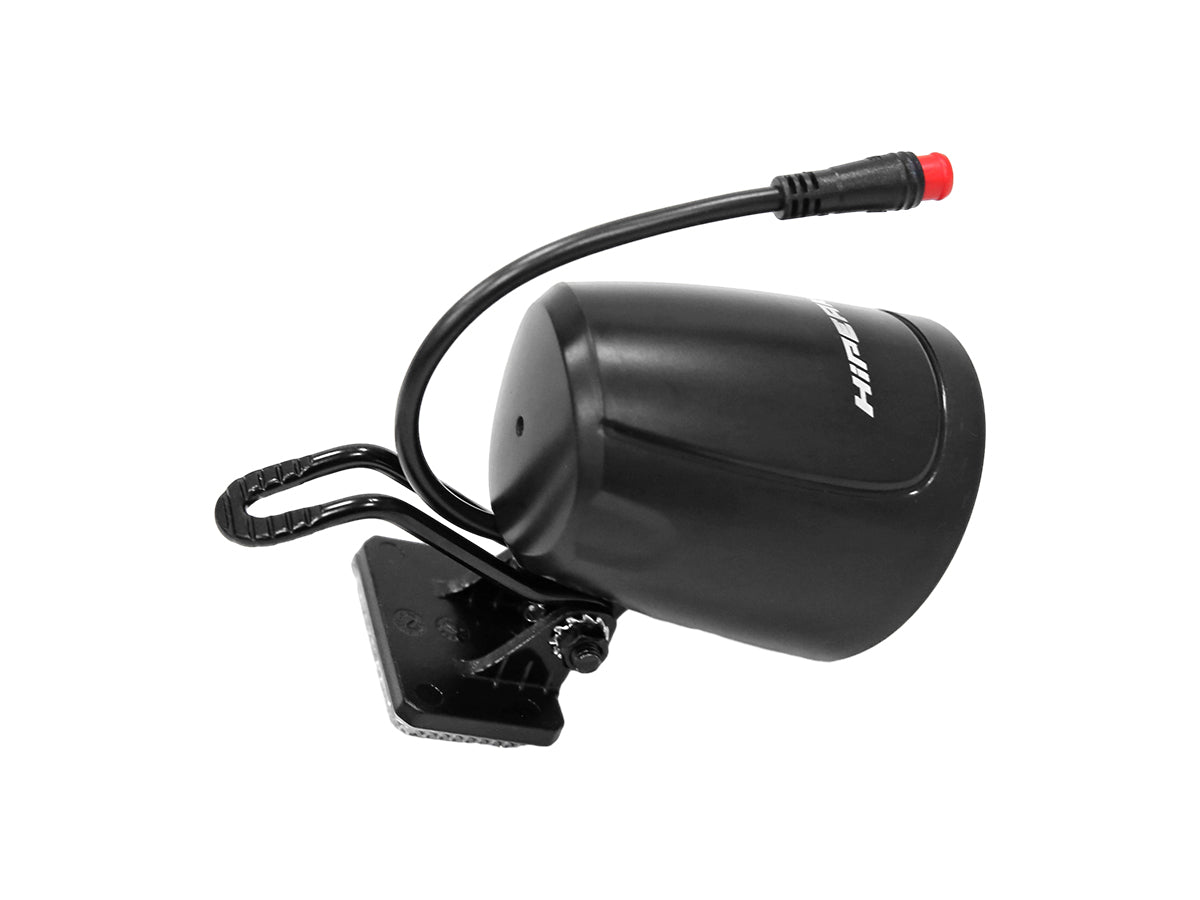








$399 for extra battery. https://www.hipeakbike.com/products/hipeak-removable-48v-15ah-lithium-battery
Also you could buy the combo sale to get more discount. https://www.hipeakbike.com/collections/e-bikes
What is the cost of a xtra battery for the ebike
Leave a comment